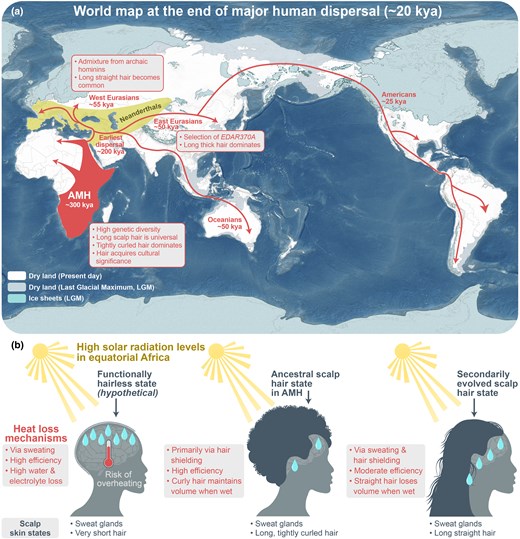2025-01-23 ミシガン大学
<関連情報>
- https://news.umich.edu/stress-in-humans-is-bad-but-for-wild-animals-it-can-be-life-saving/
- https://www.science.org/doi/10.1126/sciadv.adq5020
野生の霊長類におけるストレス反応性は、エルニーニョによる極端な干ばつを乗り越えた生存を予測する Stress responsiveness in a wild primate predicts survival across an extreme El Niño drought
Sofia C. Carrera, Irene Godoy, Colleen M. Gault, Ashley Mensing, […], and Jacinta C. Beehner
Science Advances Published:22 Jan 2025
DOI:https://doi.org/10.1126/sciadv.adq5020

Abstract
We know more about the costs of chronic stress than the benefits of the acute stress response—an adaptive response that buffers organisms from life-threatening challenges. As yet, no primate study has empirically identified how the stress response adaptively affects evolutionary fitness. Here, we take advantage of a natural experiment—an El Niño drought—that produced unprecedented mortality for wild white-faced capuchins. Using a reaction norm approach, we provide evidence from primates that a more robust stress response to a challenge, measured using fecal glucocorticoids, predicts a greater likelihood of survival. We show that individuals with greater stress responsiveness to previous droughts later had higher survival across a severe El Niño drought. Evolutionary models need empirical data on how stress responsivity varies in adaptive ways. While we cannot buffer subjects from catastrophic events, we can use them to understand which aspects of the stress response help animals to “weather the storm.”


